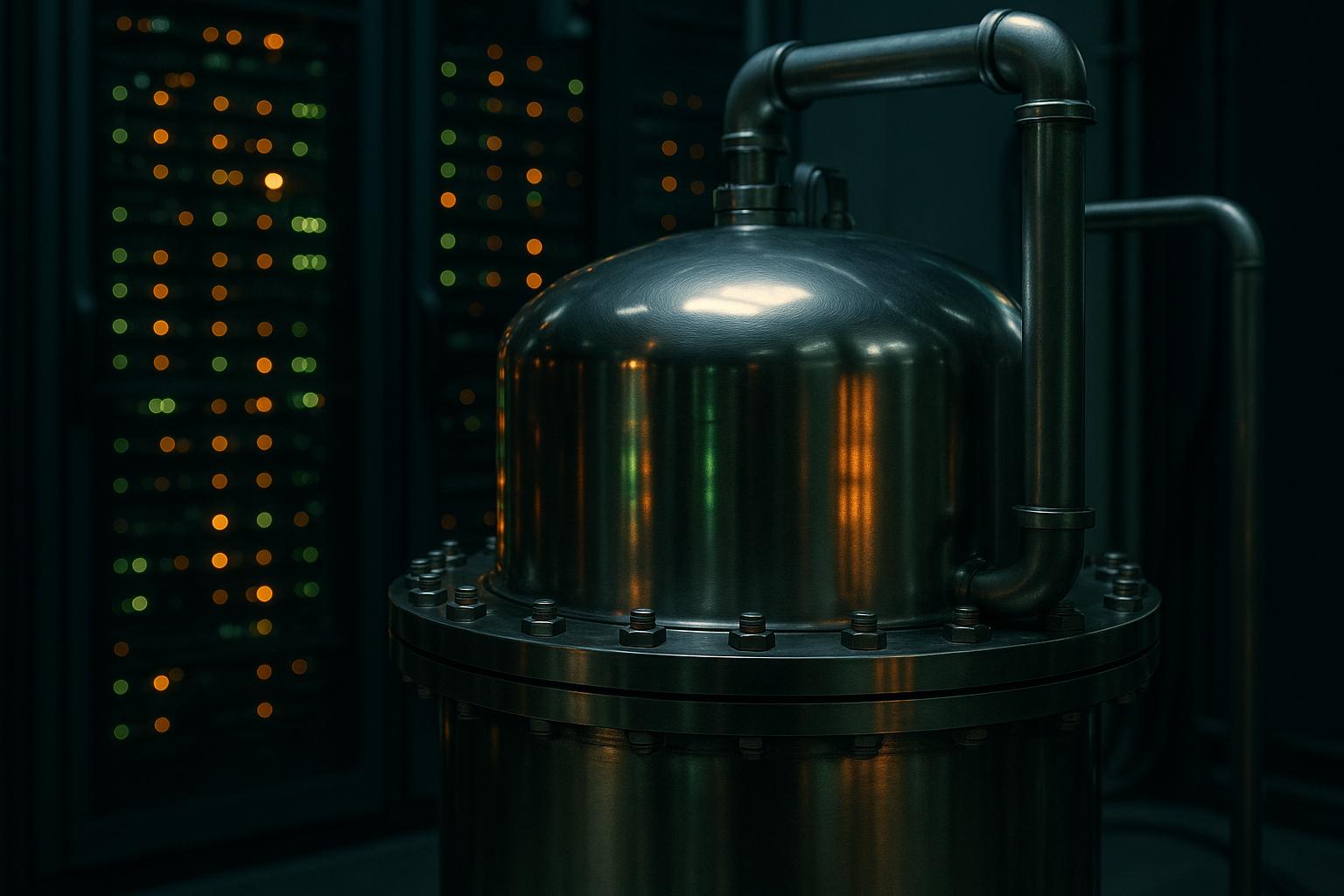The Trent Valley, historically synonymous with Britain’s coal-fired power industry, stands on the cusp of a dramatic transformation aimed at positioning the UK as a global leader in artificial intelligence (AI) and clean energy innovation. Plans unveiled for Britain’s first nuclear-powered data centre, based in Cottam, Nottinghamshire, propose the use of small modular reactors (SMRs) to meet the staggering energy demands that AI-driven technologies require. This £11 billion project, backed by a partnership including US firm Holtec, EDF UK, and real estate manager Tritax, is set to open by 2032 and could mark the rebirth of the region as an electrifying hub akin to Silicon Valley.
The concept is a bold response to the escalating energy hunger of AI data centres, whose power consumption is staggering by any standard. One such facility training AI models can consume as much as 1.5 gigawatts of electricity—equivalent to supplying a city the size of Birmingham or powering 750,000 homes. This figure is nearly the same as the combined 1.6GW currently used by all UK data centres and could more than double with projects already underway. Such soaring demand raises critical questions about the capacity of the National Grid and the sustainability of existing power infrastructure.
Government ambitions to fulfil these needs are anchored in nuclear power, with SMRs playing a central role in the strategy. The project at Cottam is particularly notable for employing a closed-loop cooling system that recirculates water, addressing a key concern given the UK’s scarcity of cooling water—an issue that has already led to objections against water-heavy data centre developments in dry regions like Lincolnshire and the Thames Valley. Moreover, the project benefits from existing strong National Grid connections, as Cottam was previously the site of coal-fired power stations on the River Trent.
This initiative is part of a broader UK-US nuclear collaboration unveiled during former President Donald Trump's state visit, which also includes a £14 billion investment in the Sizewell C plant and Rolls-Royce’s SMR plans expected for the mid-2030s. The partnership aims not only to accelerate nuclear development but also to streamline regulatory approvals by harmonising UK and US safety standards. This transatlantic cooperation promises job creation, energy resilience, and a pathway towards a low-carbon future.
Despite the optimism, the SMR-based data centre plan faces scepticism. Experts caution that SMRs remain “unproven technology” and point to the historical trend of nuclear projects exceeding budgets and timelines. There is concern that the data centre might be completed before the reactors are operational, potentially exacerbating grid congestion. Furthermore, environmental campaigners warn of a delicate balance between expanding AI infrastructure and meeting the UK's climate commitments. The powerful cooling and power demands of data centres pose trade-offs, especially given the noise, visual impact, and limited permanent local jobs created by such facilities.
Adding to these challenges, recent studies reveal the immense and rapidly growing power consumption associated with AI. Research indicates AI could soon account for nearly half of data centre energy use, with new models such as OpenAI’s GPT-5 potentially consuming up to eight times more energy than its predecessor. The scale of this consumption is staggering: all queries processed by GPT-5 could draw power equivalent to that of two to three nuclear reactors daily. These figures underscore the urgency of sustainable solutions like the Cottam SMR project, yet they also amplify the pressures on infrastructure and regulatory frameworks.
In response, data centre design is evolving to cope with these energy and thermal demands. Industry reports highlight a shift towards liquid cooling technologies to manage the increased heat generated by AI workloads, as conventional air cooling methods become inadequate. This technological evolution further emphasises the need for reliable, low-carbon energy sources capable of supporting burgeoning AI ecosystems without compromising environmental goals.
The Cottam SMR-powered data centre represents a convergence of climate ambitions, technological innovation, and economic strategy. While the project carries significant promise as a linchpin in the UK’s AI and clean energy futures, its success depends on overcoming technical, regulatory, and environmental challenges. A careful, measured approach will be essential to ensure that the UK can harness the potential of AI without undermining its Net Zero targets or community wellbeing.
📌 Reference Map:
- Paragraph 1 – [1], [3], [4]
- Paragraph 2 – [1], [5], [6], [7]
- Paragraph 3 – [1], [3], [4]
- Paragraph 4 – [2], [4]
- Paragraph 5 – [1]
- Paragraph 6 – [1], [5], [6]
- Paragraph 7 – [7]
- Paragraph 8 – [1], [2], [5]
Source: Noah Wire Services
